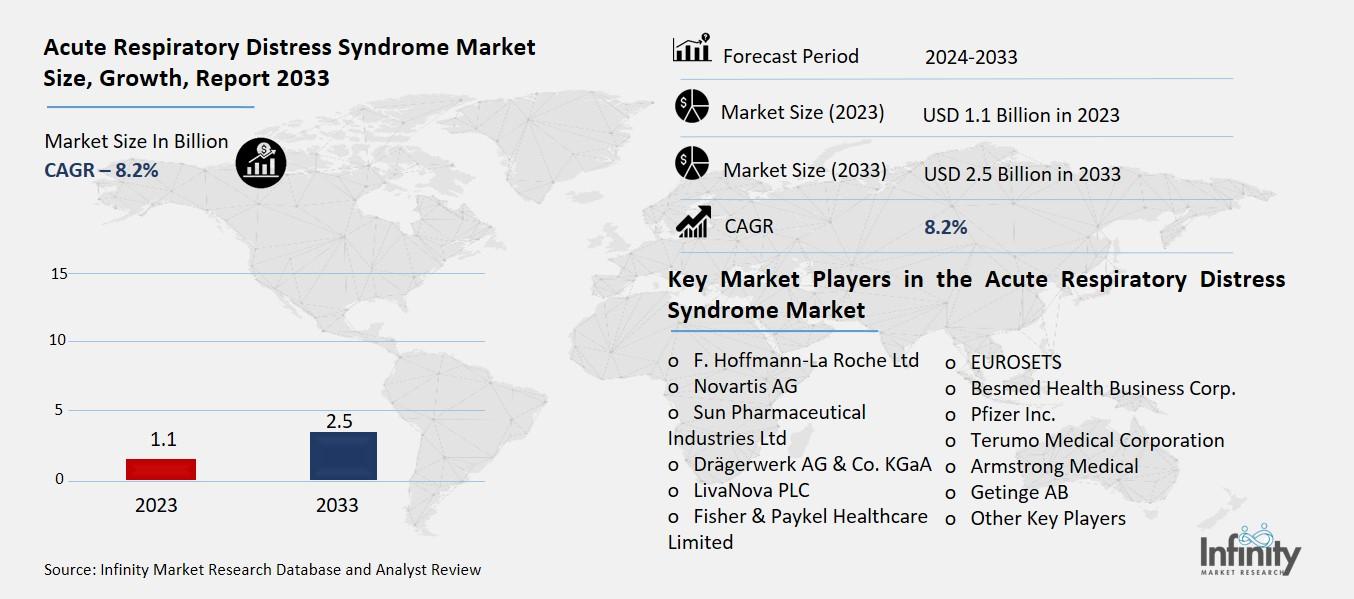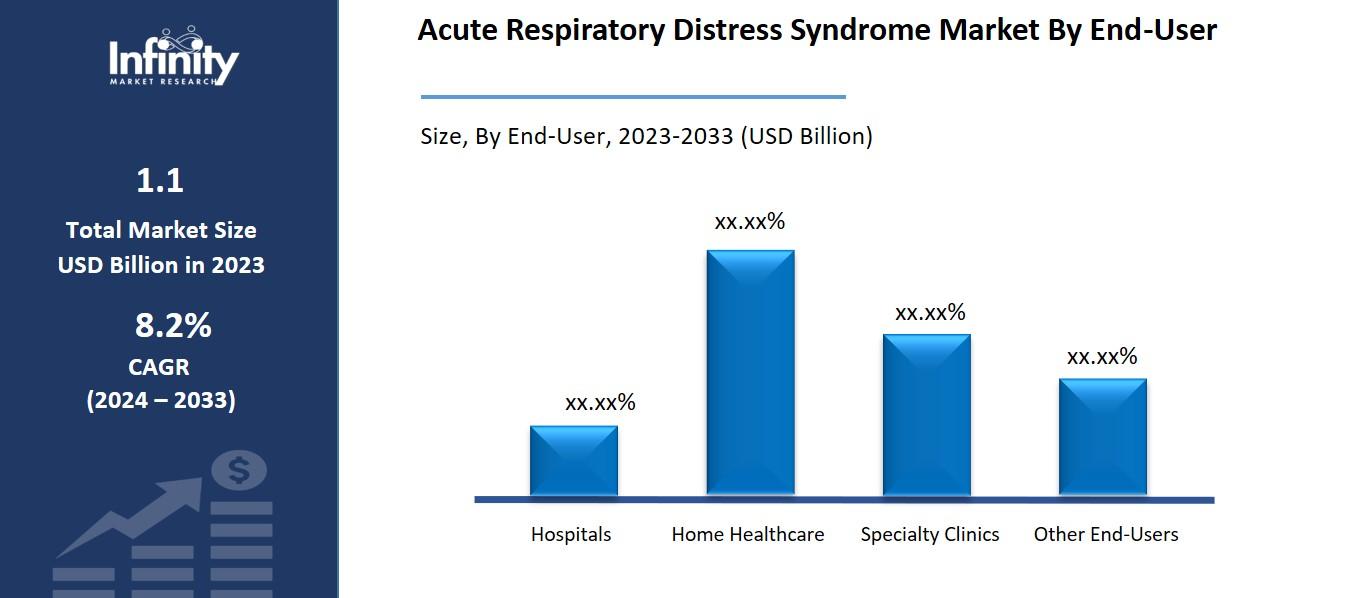
🔐 Secure Payment Guaranteed
Safe checkout with trusted global payment methods.
🌟 Why Choose Infinity Market Research?
At Infinity Market Research, we dont just deliver data — we deliver clarity, confidence, and competitive edge.
In a world driven by insights, we help businesses unlock the infinite potential of informed decisions.
Here why global brands, startups, and decision-makers choose us:
Industry-Centric Expertise
With deep domain knowledge across sectors — from healthcare and technology to manufacturing and consumer goods — our team delivers insights that matter.
Custom Research, Not Cookie-Cutter Reports
Every business is unique, and so are its challenges. Thats why we tailor our research to your specific goals, offering solutions that are actionable, relevant, and reliable.
Data You Can Trust
Our research methodology is rigorous, transparent, and validated at every step. We believe in delivering not just numbers, but numbers that drive real impact.
Client-Centric Approach
Your success is our priority. From first contact to final delivery, our team is responsive, collaborative, and committed to your goals — because you re more than a client; you re a partner.
Recent Reports
Global Myopia Control Lenses Market Report 2025-33
Hyaluronic Acid-based Dermal Fillers Market Report
Acute Respiratory Distress Syndrome Market
Global Acute Respiratory Distress Syndrome Market (By Type, Diagnosis and Treatment; By End-User, Hospitals, Home Healthcare, Specialty Clinics, and Other End-Users; By Region and Companies), 2024-2033
Jan 2025
Healthcare
Pages: 138
ID: IMR1412
Acute Respiratory Distress Syndrome Market Overview
Global Acute Respiratory Distress Syndrome Market acquired the significant revenue of 1.1 Billion in 2023 and expected to be worth around USD 2.5 Billion by 2033 with the CAGR of 8.2% during the forecast period of 2024 to 2033.
The global acute respiratory distress syndrome (ARDS) market is in a state of gradual progression due to various factors such as rampant new cases of respiratory ailments, breakthroughs in the therapy of the disease, and the escalating consciousness of health care professionals as well as the general populace regarding ARDS as a significant problem. ARDS is a very dangerous inflammation of the lungs that causes respiratory failure and is a result of injury, infection or other diseases. The increasing incidence of long term illnesses like pneumonia, sepsis, and COVID-19, which are related to ARDS, also boosted the market’s growth.

Moreover, the rising hospitalization rate coupled with increased ICU needs all over the world has prompted the development of successful treatment and management of ARDS. The market is experiencing the enhancement of ventilators the non-invasive respiratory support systems, and medications that decrease inflammation and increase the level of oxygen.
Drivers for the Acute Respiratory Distress Syndrome Market
Rising Prevalence of Respiratory Disorders
Increased cases of pneumonia, sepsis, and viral infections including COVID-19 have been attributed to a rise in the incidence of Acute Respiratory Distress Syndrome (ARDS). Pneumonia, an infection that leads to inflammation of air spaces in the lungs, is perhaps the best-known cause of ARDS owing to inflammation and fluid accumulation in the lungs that subsequently cause respiratory disorder. Likewise, sepsis which is a severe and potentially fatal condition caused by the body’s response to an infection in this case leads to Sepsis induced multiple organ dysfunction syndrome causing stem inflammatory response that leads to ARDS.
This trend was aggravated by the COVID-19 disease which affected the respiratory system in the majority of affected patients, resulting in widespread ARDS. The surge in ARDS incidence because of COVID-19, in special, uncovered the frailty of patients with comorbidities, compromised immunity or severe pneumonia requiring critical care and innovative interventions.
Restraints for the Acute Respiratory Distress Syndrome Market
Lack of Specific Approved Drugs
Although various drugs are used off-label to manage Acute Respiratory Distress Syndrome (ARDS), the lack of FDA-approved specific treatments for the condition significantly limits therapeutic options. ARDS is a complex and heterogeneous disease, often resulting from a variety of causes, such as pneumonia, trauma, or infections like COVID-19, making it challenging to develop a one-size-fits-all treatment. While corticosteroids, antifungal agents, and antibiotics are commonly used to manage underlying causes, these drugs are not specifically approved for ARDS itself. Moreover, existing treatments often focus on symptom management, such as mechanical ventilation and oxygenation support, rather than addressing the root cause of the disease.
Opportunity in the Acute Respiratory Distress Syndrome Market
Growing Adoption of Telemedicine and Remote Monitoring
The rise of telemedicine and home monitoring systems has created new opportunities for managing Acute Respiratory Distress Syndrome (ARDS), particularly during post-discharge recovery. As ARDS patients often require prolonged treatment and rehabilitation after their initial hospitalization, the ability to monitor their recovery remotely has proven valuable in reducing hospital readmissions and improving long-term outcomes. Telemedicine allows healthcare providers to conduct virtual consultations, enabling continuous monitoring of a patient's respiratory function, symptoms, and overall health without the need for frequent in-person visits.
Home monitoring systems, which can track key vital signs such as oxygen saturation, heart rate, and respiratory rate, provide real-time data that can be shared with medical professionals. This proactive approach to care helps detect early signs of deterioration, enabling timely intervention before complications such as secondary infections or worsening respiratory distress arise.
Trends for the Acute Respiratory Distress Syndrome Market
Shift Towards Non-Invasive Ventilation
There is a growing trend towards the use of non-invasive ventilation methods, such as Continuous Positive Airway Pressure (CPAP) and Bilevel Positive Airway Pressure (BiPAP), in the management of Acute Respiratory Distress Syndrome (ARDS). These non-invasive approaches are gaining traction because they offer significant advantages over traditional invasive mechanical ventilation. CPAP and BiPAP work by delivering air at a controlled pressure to keep the airways open, improving oxygenation and preventing the collapse of alveoli in the lungs. For ARDS patients, these devices can help alleviate symptoms such as hypoxemia (low blood oxygen levels) and reduce the work of breathing, which is crucial for stabilizing patients in the early stages of the condition.
Segments Covered in the Report
By Type
o Diagnosis
o Treatment
By End-User
o Hospitals
o Home Healthcare
o Specialty Clinics
o Other End-Users
Segment Analysis
By Type Analysis
On the basis of type, the market is divided into diagnosis and treatment. Among these, treatment segment acquired the significant share in the market owing to the increasing demand for advanced therapeutic interventions to manage ARDS and improve patient outcomes. The treatment of ARDS typically involves a combination of strategies, including the use of mechanical ventilation, non-invasive respiratory support, corticosteroids, antibiotics (in cases of infection), and other pharmacological therapies aimed at reducing inflammation and improving oxygenation.
By End-User Analysis
On the basis of end-user, the market is divided into hospitals, home healthcare, specialty clinics, and other end-users. Among these, hospitals segment held the prominent share of the market due to the critical nature of ARDS, which often requires intensive care and immediate medical attention, typically provided in hospital settings, particularly in intensive care units (ICUs). Hospitals, with their advanced diagnostic tools, ventilators, and intensive monitoring systems, are the primary setting for the management of severe ARDS cases.

The need for continuous and high-level respiratory support, such as mechanical ventilation and extracorporeal membrane oxygenation (ECMO), makes hospitals the main point of care for ARDS patients, especially those with severe or life-threatening symptoms.
Regional Analysis
North America Dominated the Market with the Highest Revenue Share
North America held the most of the share of 32.4% of the market due to the region's advanced healthcare infrastructure, high prevalence of risk factors, and substantial investments in medical research and innovation. The United States, in particular, has a well-established healthcare system with state-of-the-art hospitals, specialized treatment centers, and access to cutting-edge medical technologies, which makes it a key player in the management and treatment of ARDS.
The high incidence of underlying conditions such as pneumonia, sepsis, and viral infections like COVID-19 has further contributed to the growing demand for ARDS management solutions in North America. Moreover, the region's aging population, which is more susceptible to respiratory diseases, has led to an increase in the number of ARDS cases, thus propelling the market forward.
Competitive Analysis
The competitive landscape of the global ARDS market is characterized by the presence of several key players across various sectors, including pharmaceutical companies, medical device manufacturers, and healthcare providers. Pharmaceutical companies are focusing on developing novel drugs and biologics to treat ARDS, with an emphasis on anti-inflammatory agents, corticosteroids, and investigational therapies targeting the underlying causes of the condition. Leading companies in this space are engaged in extensive research and clinical trials to bring more effective, FDA-approved treatments to market. However, despite the ongoing research, the lack of FDA-approved specific treatments for ARDS has created opportunities for off-label use of existing drugs, resulting in a diverse and competitive therapeutic landscape
Recent Developments
In May 2021, Medtronic plc launched the SonarMed™ airway monitoring system in the U.S., the first device to use acoustic technology for real-time detection of endotracheal tube obstructions and position verification, helping clinicians make critical, life-saving decisions for their smallest patients.
Key Market Players in the Acute Respiratory Distress Syndrome Market
o F. Hoffmann-La Roche Ltd
o Novartis AG
o Sun Pharmaceutical Industries Ltd
o Drägerwerk AG & Co. KGaA
o LivaNova PLC
o Fisher & Paykel Healthcare Limited
o EUROSETS
o Besmed Health Business Corp.
o Pfizer Inc.
o Terumo Medical Corporation
o Armstrong Medical
o Getinge AB
o Other Key Players
|
Report Features |
Description |
|
Market Size 2023 |
USD 1.1 Billion |
|
Market Size 2033 |
USD 2.5 Billion |
|
Compound Annual Growth Rate (CAGR) |
8.2% (2023-2033) |
|
Base Year |
2023 |
|
Market Forecast Period |
2024-2033 |
|
Historical Data |
2019-2022 |
|
Market Forecast Units |
Value (USD Billion) |
|
Report Coverage |
Revenue Forecast, Market Competitive Landscape, Growth Factors, and Trends |
|
Segments Covered |
By Type, End-User, and Region |
|
Geographies Covered |
North America, Europe, Asia Pacific, and the Rest of the World |
|
Countries Covered |
The U.S., Canada, Germany, France, U.K, Italy, Spain, China, Japan, India, Australia, South Korea, and Brazil |
|
Key Companies Profiled |
F. Hoffmann-La Roche Ltd, Novartis AG, Sun Pharmaceutical Industries Ltd, Drägerwerk AG & Co. KGaA, LivaNova PLC, Fisher & Paykel Healthcare Limited, EUROSETS, Besmed Health Business Corp., Pfizer Inc., Terumo Medical Corporation, Armstrong Medical, Getinge AB, and Other Key Players. |
|
Key Market Opportunities |
Growing Adoption of Telemedicine and Remote Monitoring |
|
Key Market Dynamics |
Rising Prevalence of Respiratory Disorders |
📘 Frequently Asked Questions
1. Who are the key players in the Acute Respiratory Distress Syndrome Market
Answer: F. Hoffmann-La Roche Ltd, Novartis AG, Sun Pharmaceutical Industries Ltd, Drägerwerk AG & Co. KGaA, LivaNova PLC, Fisher & Paykel Healthcare Limited, EUROSETS, Besmed Health Business Corp., Pfizer Inc., Terumo Medical Corporation, Armstrong Medical, Getinge AB, and Other Key Players.
2. How much is the Acute Respiratory Distress Syndrome Market in 2023?
Answer: The Acute Respiratory Distress Syndrome Market size was valued at USD 1.1 Billion in 2023.
3. What would be the forecast period in the Acute Respiratory Distress Syndrome Market?
Answer: The forecast period in the Acute Respiratory Distress Syndrome Market report is 2024-2033.
4. What is the growth rate of the Acute Respiratory Distress Syndrome Market?
Answer: Acute Respiratory Distress Syndrome Market is growing at a CAGR of 8.2% during the forecast period, from 2024 to 2033.


🔐 Secure Payment Guaranteed
Safe checkout with trusted global payment methods.
🌟 Why Choose Infinity Market Research?
- Accurate & Verified Data:Our insights are trusted by global brands and Fortune 500 companies.
- Complete Transparency:No hidden fees, locked content, or misleading claims — ever.
- 24/7 Analyst Support:Our expert team is always available to help you make smarter decisions.
- Instant Savings:Enjoy a flat $1000 OFF on every report.
- Fast & Reliable Delivery:Get your report delivered within 5 working days, guaranteed.
- Tailored Insights:Customized research that fits your industry and specific goals.




